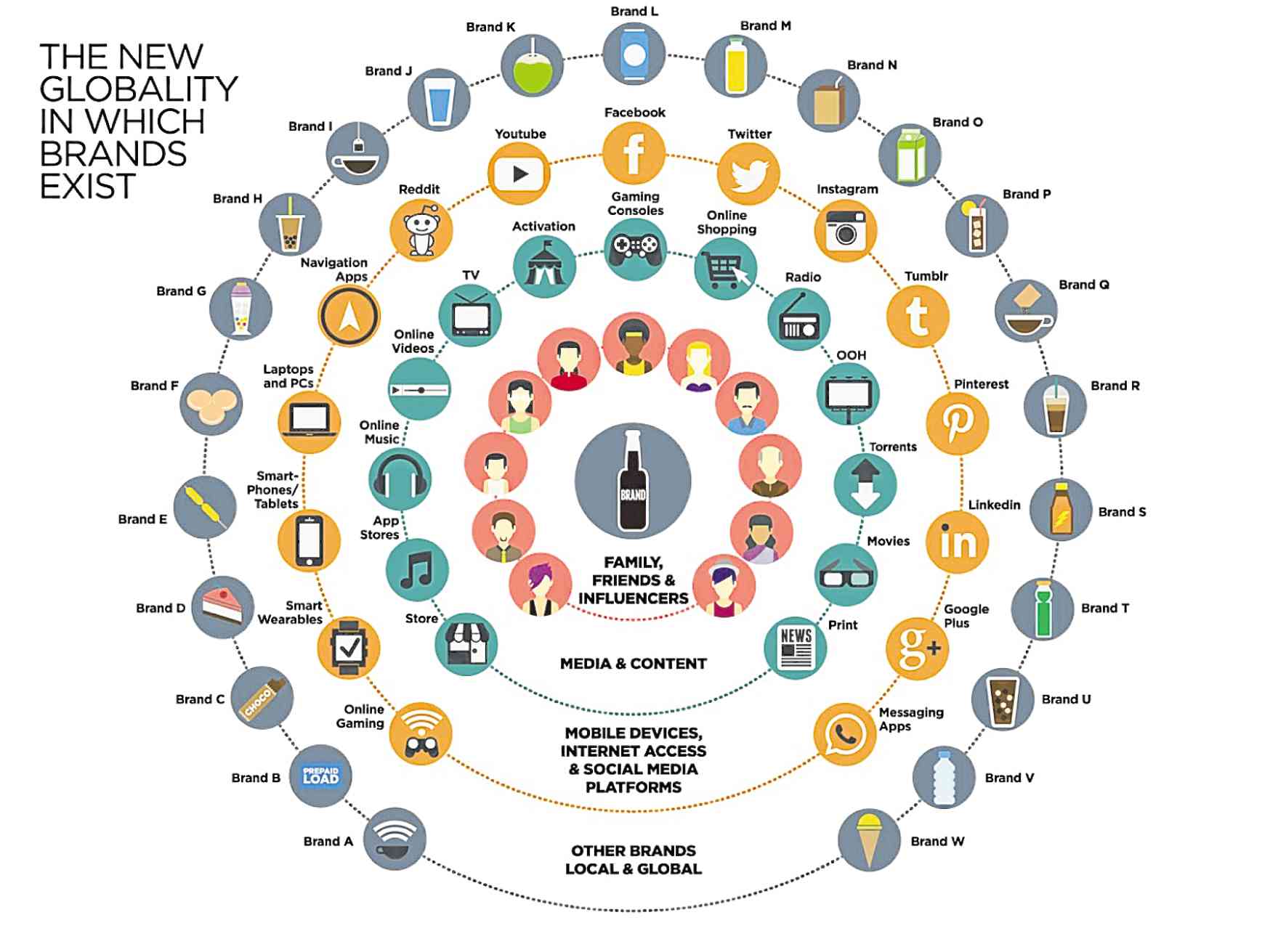We are living in the age of the Fourth Industrial Revolution, a movement with an exponential pace that has no historical precedent. Change is on steroids and is happening whether you believe it or not. All industries are disrupted and it brings about big changes and it influences whole systems with no exception: from production, management, governance and ultimately, our daily lives.
People now are living in a digital world and this is obviously affecting brands.
Brand experience is vastly different today as compared to past generations. Running a business today may mean that a single customer experience with your brand can reach a global audience. This scenario is a double-edged sword; it is up to brand owners to harness it. The world is much more complex at this day and age and so is building a brand, but it doesn’t have to be so.
With the rise of social media and people’s easy access to technology, the playing field has changed and is still dramatically changing. But in this complexity rises more and more opportunities to get to know our market and ways to reach them.
Here are several tips we can practice.
First, find a real problem or a need that your brand can solve. People have more brands to choose from than they actually need. But they will choose to spend time or money on a brand if it is adding value to their life by being helpful, useful or delightful. “Problem solving,” is a key value proposition even for really big brands.
Second, be true to who and what you are. It’s easy to promise anything and communicate it heavily today. But consumers have more ways than ever to get the truth about brands. So if your promise is not true, or consistent, your brand will be found out. It pays to base your marketing on a truth about your brand or product.
It has to be communicated well, from your logo to every point of contact with your customers. To make authentic brand decisions, there has to be an alignment among your brand, the business process and the corporate culture.
So much has changed on how markets consume content and with how people connect with brands. The quote from American poet Maya Angelou that states, “I’ve learned that people will forget what you said, people will forget what you did, but people will never forget how you made them feel,” is also true with brands.
Marketers must also factor the emotional reaction that they want to get each time a customer interacts with the brand. Deliver your brand truth with consistency that will be felt in every customer experience, reminding them why they chose you in the first place. This will help foster loyalty to your brand.
Third, every aspect of the customer experience matters. Everything communicates to the customer. So brand owners need to think about every aspect of the customer experience, from the most mundane to the most visible parts.
A cohesive experience is more satisfying to people while building a more favorable impression about your brand. It is no longer enough that your brand is appealing to them, their expectations are heightened.
They now expect that you truly know them.
To be able to do this, a brand owner must do two things: (1) Evolve to find the right blend to achieve both transactional and relational marketing. (2) Harness data—a brand owner must know how to generate, mine and maximize data to achieve a relevant and unique consumer journey for a particular brand, and more potentially for a particular brief.
Fourth, we compete with brands both global and local. So work hard to earn people’s time and attention. Consumers have infinite choices available to them. And we can’t simply force them to pay attention to us or invest their precious time on us without good reason. We have to find ways to make our brand worthy of their time and attention, whether through great customer experience or engaging communication.
In McCann, we have what we call the “New Globality,” gone are the days when a customer’s buying power is only influenced by the people around them or by an article on a broadsheet, an ad seen on TV or heard on radio. Today, people are unknowingly shopping all the time. They do these when they browse social media or check out that influencer they follow. Even when they open their e-mails, an ad is present on screen.
So your brand may not only be competing for the attention against your “same product” competitor but it is also competing against a “digital-first” small local brand that you have never encountered before.
A brand has to stand out to even have the fighting chance of being noticed. Your brand is also competing against products from other categories.
Fifth, innovate constantly. People are always hungry for new experiences. So brands need to keep up. A brand that becomes predictable or stays stagnant runs the risk of being vulnerable to newer brands or brands that seeks to constantly surprise and delight customers. Staying relevant is key.
In this ultra-connected world, this entails real-time engagement with customers as they go about their daily lives.
It follows that a brand must be customer-centric, so much that they have already anticipated what the customer will need next. This will help the brand to stay ahead of its game.
The author is COO of McCann Worldgroup Philippines, one of the largest and leading integrated marketing communications firms in the Philippines.
